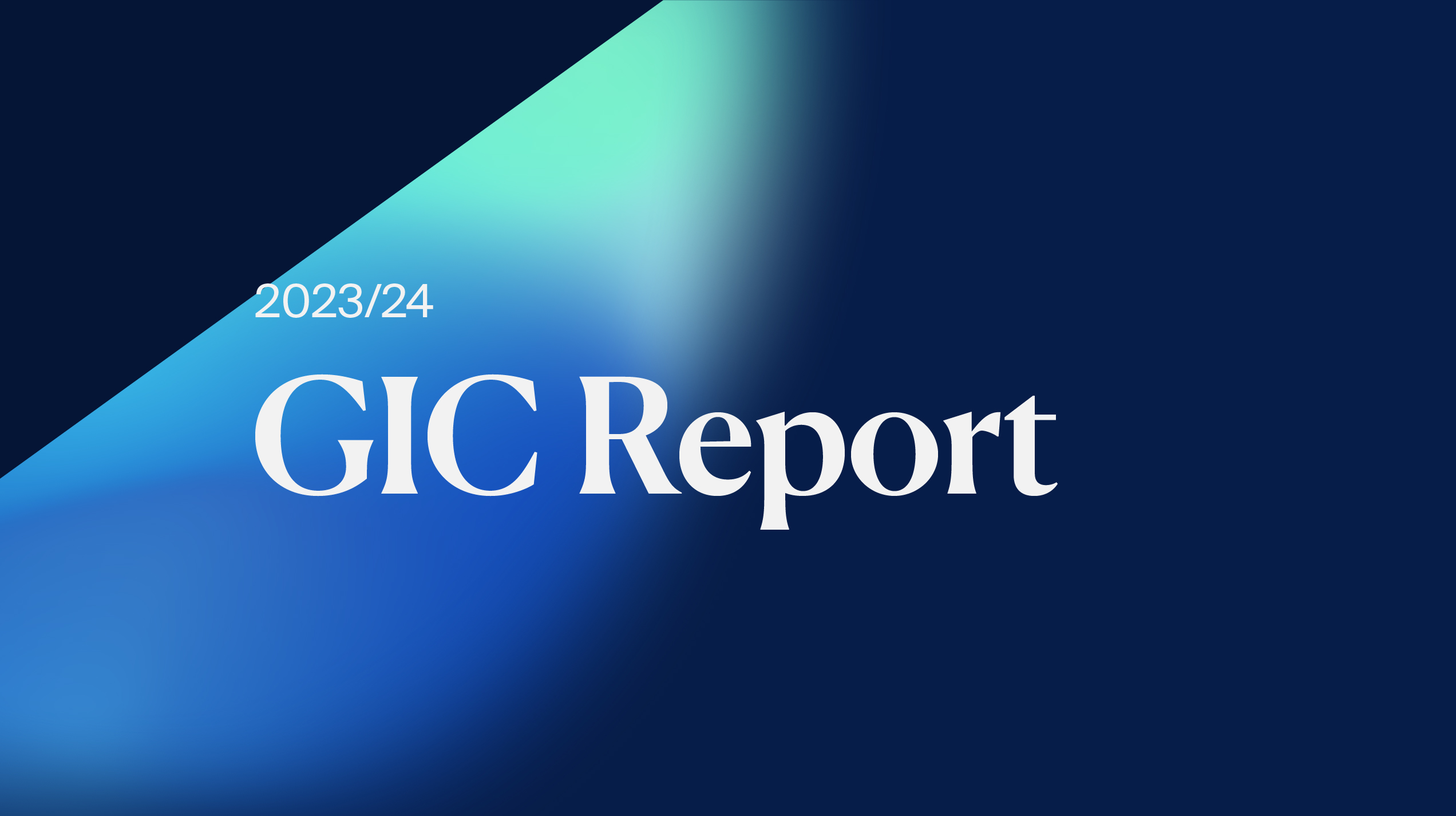The following commentary was first published in the OMFIF Global Public Pensions Report 2023.
While headline inflation has eased, underlying inflation remains sticky, especially in services. Major central banks are likely to be close to the end of their hiking cycles, but given the underlying persistence of inflation, they may keep policy rates at an elevated level for some time until they see progress towards their targets.
As labour markets remain tight, we believe that the ‘last mile’ of reducing inflation sustainably will be especially difficult. It will most likely require growth to remain below potential through the next year in order to cool labour markets and return inflation closer to target levels. This sluggish growth environment might run the risk of tipping over into a recession for several major developed markets. Even if these economies remain resilient, they are at risk of a second wave of inflation, leading to further rate increases.
More volatile longer-term macroeconomic outlook
There are three broad trends that are likely to define the longer-term macro environment. These trends will alter the global macro landscape from one with sluggish demand (pre-pandemic) to one that involves more supply shocks, leading to higher and more volatile inflation, shorter cycles, and higher interest rates.
First is the decarbonisation of the global economy needed to arrest the rise in global temperatures. Based on the International Energy Agency’s ‘Net Zero Emissions by 2050’ scenario, transition in the real economy will require an additional $126tn until 2050 1. The transition is likely to entail higher costs, including those from higher carbon taxes and higher prices for fossil fuels, as investments in this sector fall in the interim. It will also require the continued development of technologies for both climate mitigation and adaptation.
Second, the risks of geoeconomic fragmentation have risen due to reduced confidence in the benefits of globalisation and intensified great power rivalries. Such geopolitical fragmentation results in the reconfiguration of supply chains towards greater resiliency as well as higher defence spending, which will lead to higher investments and inflation.
Third is the rise of artificial intelligence. It is still relatively early, but the adoption of generative AI has the potential to boost productivity growth while reducing inflation. This could partially counter some of the adverse economic effects from ageing demographics, changing globalisation, and the green transition. However, we think the impact is unlikely to be significant or expedient enough for this cycle. There are also potential pitfalls, including the possible displacement of workers as well as threats to cybersecurity.
Together, these three factors point to a world that is likely to feature more shocks to supply relative to the pre-pandemic period, which was widely dubbed the ‘Great Moderation’. A world with more supply shocks might see shorter cycles as central banks will need to be more active in trying to achieve their inflation targets from above rather than from below. Higher macro volatility for financial markets will lead to higher risk premiums being priced in, both in equities and bonds.
Higher neutral real rates
The post-2008 financial crisis environment was dominated by deleveraging dynamics across households and financial institutions. After an initial increase in public spending, several economies also shifted to austerity measures. There was a large segment of economic agents saving more, which coupled with weak investment, kept equilibrium interest rates low.
This dynamic has changed. Going forward, we will see higher investment spending as well as higher fiscal deficits and debt. There are several reasons for this development.
First, the trend towards higher investment flows is supported by rising capital expenditure in the green transition, higher defence expenditure, and the push towards greater supply chain resiliency. Second, there has been a shift towards lower savings, as pressure to deleverage private sector balance sheets relative to post-2008 lessens, while cyclical demands on fiscal policy to be more active increase. This occurs alongside higher structural demands due to ageing and healthcare costs.
Our research suggests that the neutral real interest rate is likely to be around 1%, which is meaningfully higher than the 0.5% that dominated during the pre-pandemic era.
Emerging markets’ growth prospects
Emerging markets with the strongest growth prospects in the medium to long-term have lower gross domestic product per capita with more catch-up potential. They have demographic tailwinds and investments in infrastructure and productive capacity, and they have had positive reform progress over the last five years or more.
Moreover, these countries are also likely to benefit from secular tailwinds. For example, Vietnam and India are well-positioned to benefit from the diversification of global supply chains. This supply chain realignment should attract more foreign investment to these economies. Similarly, countries like India and Indonesia, which are sizeable markets on their own, should benefit as corporations look for alternative sources of growth. There is good momentum and ample runway for digitalisation and financial deepening in these economies. Indonesia will also benefit from having a rich pool of commodities necessary for the green transition.
Investment implications
GIC’s objective is to generate good investment returns above global inflation over the long-term. We do so while adhering to our client’s risk tolerance. To navigate the changing macro landscape, we are taking a more granular total portfolio approach, where top-down analysis is merged with bottom-up insights, and both alpha and beta return drivers are considered. This enables us to design and implement a diversified portfolio with the potential to cover a variety of risk-return profiles across different asset classes and strategies. Ultimately, we aim to build resilience in the total portfolio while delivering good risk-adjusted returns.







